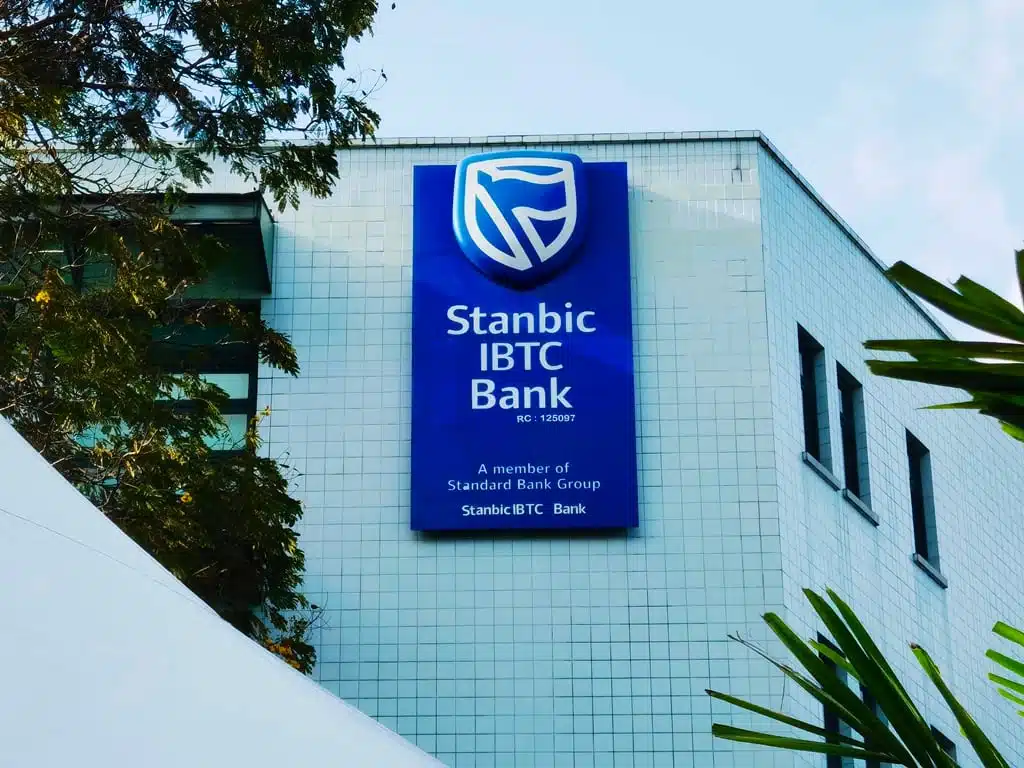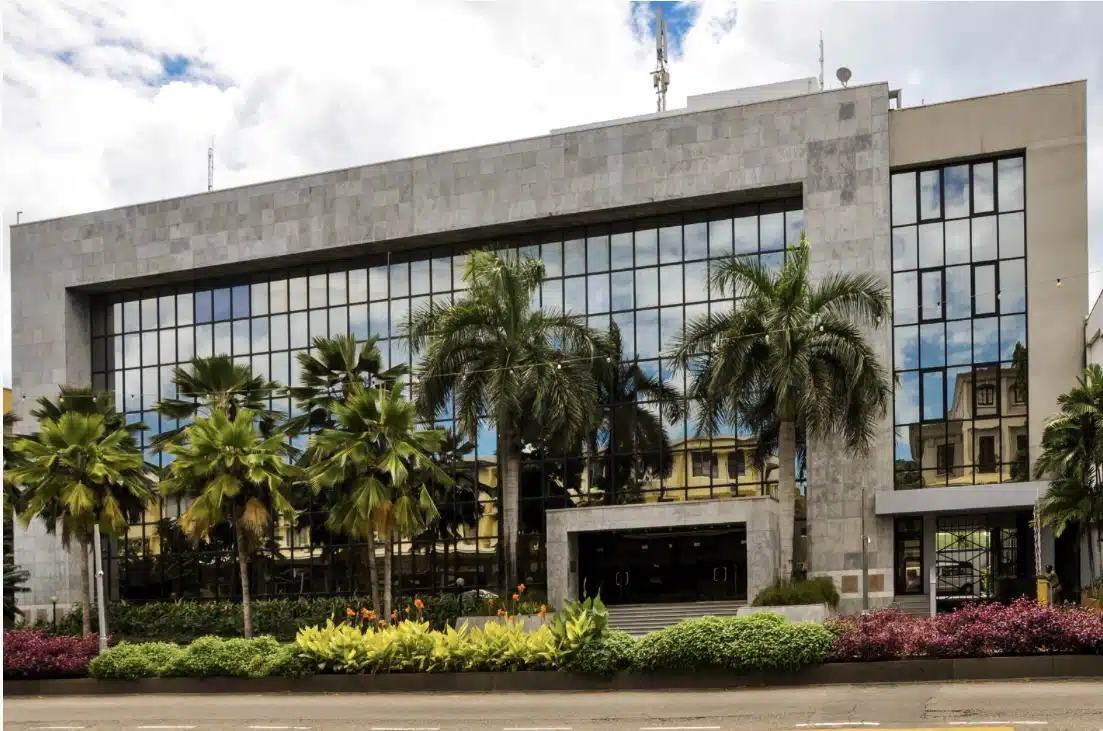Ghana’s Eurobond maturing in 2035 edged up on Monday, March 26, trading at 71.43 cents to the dollar—a 0.25 cent increase from the previous session—after fresh data from the Bank of Ghana (BOG) pointed to a stronger external account and improving debt position.
The gain pushed yields slightly lower to 9.10%, according to figures from Borshë Frankfurt.
Although the bond has been under pressure since early May, the uptick signals cautious investor optimism following the BOG’s latest economic and financial report.
The bond has hovered around the 71-cent level — a four-month low—since at least May 11, highlighting that while sentiment may be improving, risk appetite remains measured.
The central bank said the country’s debt-to-GDP ratio declined to 55% at the end of March, down from 61.8% in December, as the new administration reined in borrowing.
This puts Ghana three years ahead of the debt threshold required under its $3 billion programme with the International Monetary Fund (IMF).
The IMF deal, secured in 2023 after Ghana defaulted on its external debt obligations, is aimed at restoring macroeconomic stability and investor confidence.
In line with President John Mahama’s pledge to pursue fiscal consolidation, the country’s budget deficit narrowed to 1% of GDP in the first quarter, from 2.2% recorded in the same period last year.
The primary balance also saw an improvement, as it swung to a surplus of 0.3%, compared to a 1% deficit in Q1 2024.
At the same time, the external sector showed significant gains.
Total exports in the first four months of the year rose to $9.3 billion, from $5.8 billion a year earlier. Gold exports surged 76% to $5.2 billion, and cocoa shipments more than tripled to $1.8 billion.
Though oil exports declined 24%, overall exports far outpaced imports, pushing the trade surplus up to $4.1 billion from or 4.7% of GDP—up from $759.3 million of 0.9% of GDP a year ago.
Similarly, gross international reserves nearly doubled, climbing from $6.6 billion to $10.7 billion year-on-year, enough to cover 4.7 months of imports.
While the bond’s price movement was modest, the improving fiscal and external metrics offer investors tentative signs that Ghana’s economic turnaround may be gaining traction.










